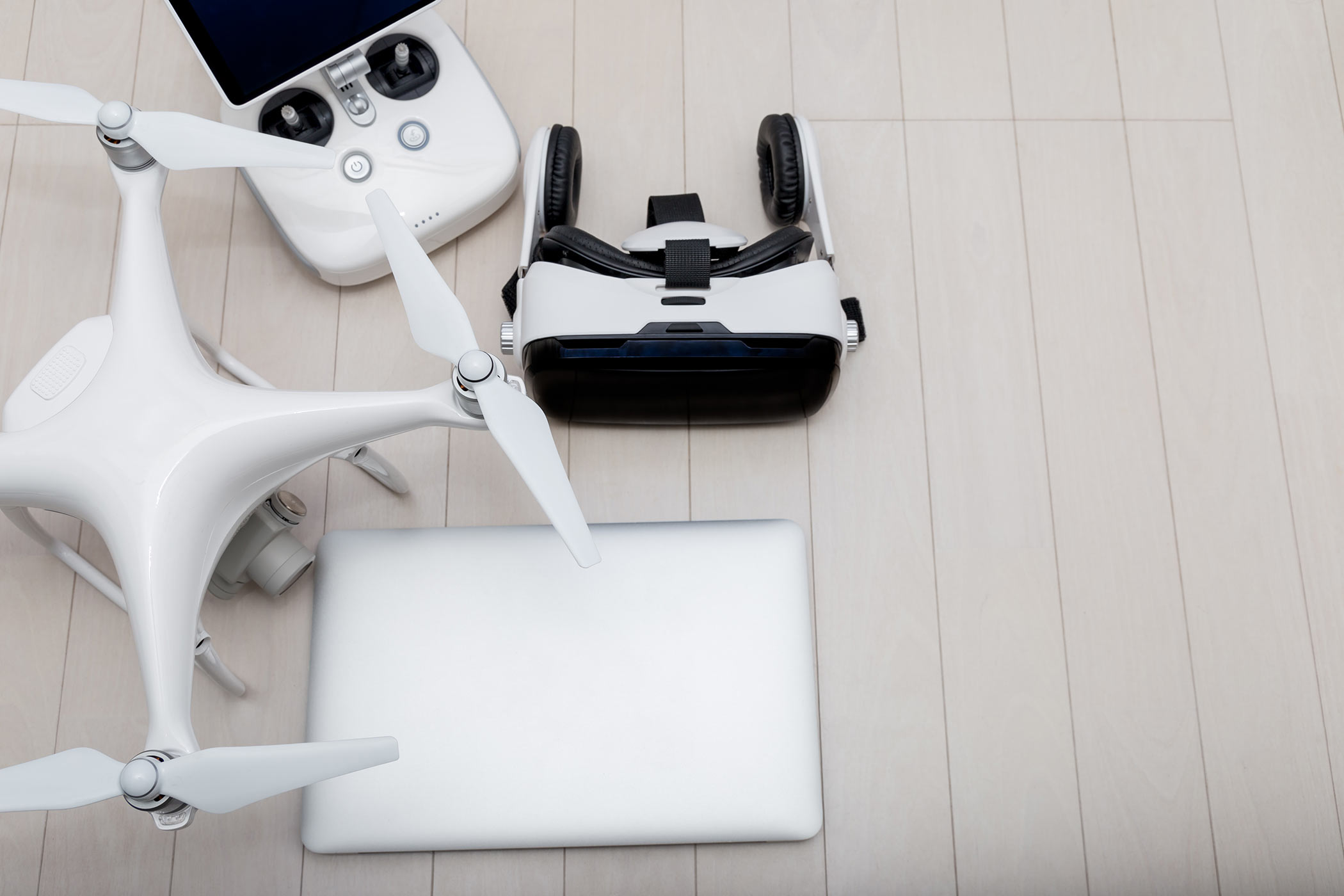{{item.title}}

As the Essential Eight technologies identified by PwC begin to change the business landscape, many companies will be examining which of those they should implement or invest in for the future. This, in and of itself, is an excellent response to the ever-increasing digital change.
But a trend is also arising in how those technologies are being adopted which businesses should keep in mind as they begin, or continue their approach. It is through the combining of these individual technologies that powerful applications are being discovered.
Greater than the sum of their parts, different mixes of the Essential Eight technology are leading to the next wave of innovation. Here are five themes and their associated tech building blocks that are changing the future.
The use of AI promotes many of the Essential Eight technologies from useful to amazing. Combined with drone technology, AI can enable smart city operations by monitoring traffic and suggesting alternate routes, or be used in construction or emergency response to scan and identify infrastructure issues. With 3D printing and AI, objects become smarter – lighter, stronger or more economical. In predictive maintenance situations, 3D printers and machine learning can predict the lifetime of spare parts – or failing machinery – and print replacements to reduce costly downtime on the production line.
It’s easy to imagine how automating business processes will create efficiencies, but throw in artificial intelligence and it can create even more value. The insight gained from artificial intelligence algorithms far surpasses the complexity made possible by human thinking alone. When evaluating how automation will affect the workplace, AI can allow for intelligent decisions to be made – such as which parts of the business to automate based on staffing needs and efficiencies, or for the customer, better product quality and experience from better time management and processes.
While the world is abuzz about the potential of blockchain and the savings that could be made from intra-industry collaboration, experts are perhaps even more excited about the use of blockchain in conjunction with other technologies. For instance, its use alongside IoT sensors and AI to interpret data could lead to consumers being able to ensure their food products have been appropriately handled – kept at the right temperatures, for the right amounts of time – on its journey from paddock to plate. Not only will this result in safer consumables, but also in ensuring the authenticity of a product. For example, PwC Australia’s use of edible barcode technology and blockchain in the meat and wine industries. The same concepts can be applied to pharmaceuticals, cosmetics and other retail goods, and even to ensure the provenance of artwork or diamonds.
Anyone who has used a voice assistant in the home knows that there are challenges when it comes to ease of use. As AI and sensors interact with these interfaces, however, the experience will change for the better. Ambient intelligence, such as where AI and IoT combine to understand what consumers want will remove the clunkiness from many voice interfaces, allowing their use to be more intuitive, and in some cases, helpfully automatic. In the workplace, smarter voice interfaces will also interact with robotics and IoT, bringing efficiency and ease of direction to the factory or retail floor, boosting productivity and allowing for greater value creation
Virtual reality is fun, but its applications are often lacking in detail, moving the ‘virtual’ much farther from the ‘reality’. Extended reality (XR) – the combination of VR, AR and mixed reality (MR) – being used alongside IoT sensors, wearables and artificial intelligence, will enable a much more life-like experience, blurring the lines between virtual and real, and becoming more useful. With haptic feedback, sensors and smart technology, AR and VR will become truly immersive – allowing us to extend what we see, hear and feel with extra insight, whether we are in a physical location or a simulation of one. For example, ‘seeing’ how to complete repairs on physical machinery, or, more realistic simulations for teaching high-risk job skills.
For further information on these technologies and their impact on business, visit PwC’s Essential Eight website.
References

© 2017 - 2026 PwC. All rights reserved. PwC refers to the PwC network and/or one or more of its member firms, each of which is a separate legal entity. Please see www.pwc.com/structure for further details. Liability limited by a scheme approved under Professional Standards Legislation.
